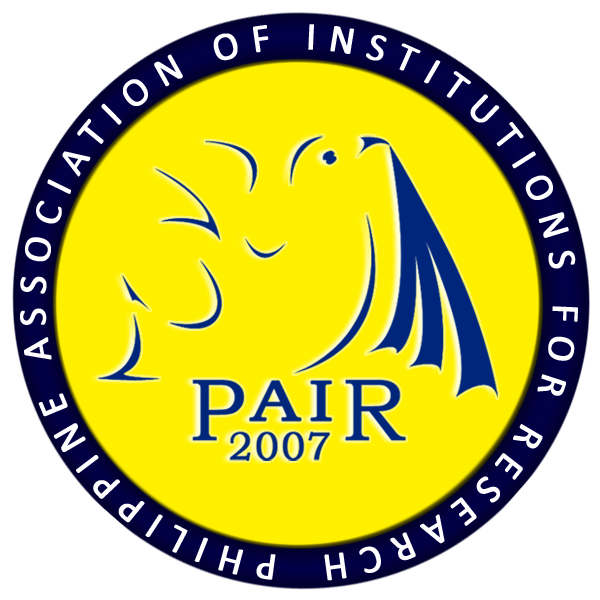Application of Amino Acids on Philippine Native Tomato (Lycopersicon esculentum L.) Grown Under Flood Condition
DOI:
https://doi.org/10.7719/jpair.v13i1.225Keywords:
agriculture, flooding, amino acid, Philippine native tomatoAbstract
Flooding is the most important abiotic stress in the tropical and subtropical regions that negatively affects terrestrial plant growth and productivity and even leading to plant death. Amino acid accumulation, on the other hand, may serve as defense during stress resulting to tolerance among others. Thus, a study was conducted to determine the growth, root length and number of leaves produced by Philippine native tomato as affected by different levels of amino acid under varying durations of flooding. Data were statistically analyzed through Analysis of Variance (ANOVA) for Randomized Complete Block Design (RCBD). Comparisons among means were done using Duncan's Multiple Range Test (DMRT). Shoot growth was increased with application of amino acids (100 ppm) after both flooding conditions (three and six days) at 3.28cm and 7.47cm, respectively. Moreover, no amino acid application or minimal amino acid application (100 ppm) produced the most number of leaves on unflooded and minimally flooded conditions (three days only). On root length, longer roots were produced by plants without amino acid (12.68 cm) or lesser amino acid (100 ppm) at 9.43 cm, while flooding had no significant effect on root length. These results clearly indicate the value of exogenous amino acid (100 ppm) application mainly on shoot growth of tomato. Furthermore, exogenous amino acid application is deemed necessary because even in both number of leaves and root length where results are comparable to without amino acid application, no negative effect was observed.
Downloads
Downloads
Published
Issue
Section
License
Copyright (c) 2013 Kent Marcial L. Catubis, Brenda A. Granada, James B. Morales, Roger R. Alferez, Raymund A. Asentista, Pet Roey L. Pascual, Jovie G. Saramosing

This work is licensed under a Creative Commons Attribution-NonCommercial 4.0 International License.
Open Access. This article published by JPAIR Multidisciplinary Research is licensed under a Creative Commons Attribution-Noncommercial 4.0 International (CC BY-NC 4.0). You are free to share (copy and redistribute the material in any medium or format) and adapt (remix, transform, and build upon the material). Under the following terms, you must give appropriate credit, provide a link to the license, and indicate if changes were made. You may do so in any reasonable manner, but not in any way that suggests the licensor endorses you or your use. You may not use the material for commercial purposes.




















